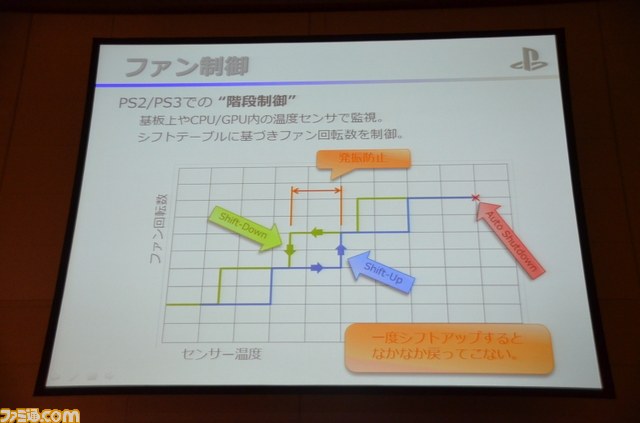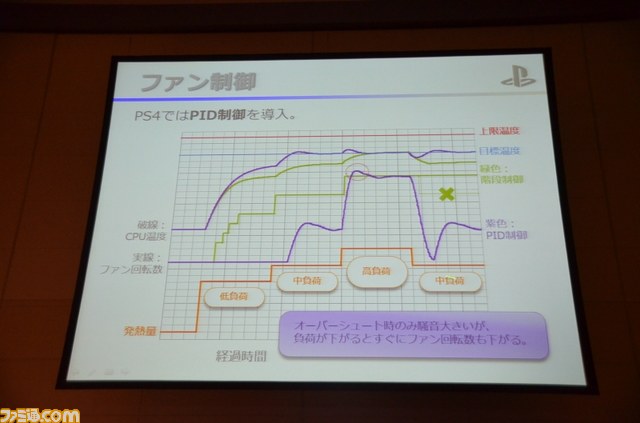You lost me. What's stopping Sony or anyone else designing a unit that can be slipped out and in, like any removal drive bay? I'm not talking about the existing PS4 design, but a theoretical console design where several components (HDD, optical, PSU) are supplied in discrete, interchangeable units, making replacement as easy as replacing batteries or a SIM card. It'd add a little bulk to the unit and cost per item, so may not be the best idea, but it's surely possible and not difficult for either the engineers to design or the home user to use.
well duh, profit/money/however else you want to put it
Seriously tho, surely such a solution would cost more to implement (time and material) and need to be passed onto the customer - Sony wanted to keep costs down. Not only that but by making consoles easier to fix there is less need to buy a replacement when it dies...I'm sure they make more on a console than a drive



